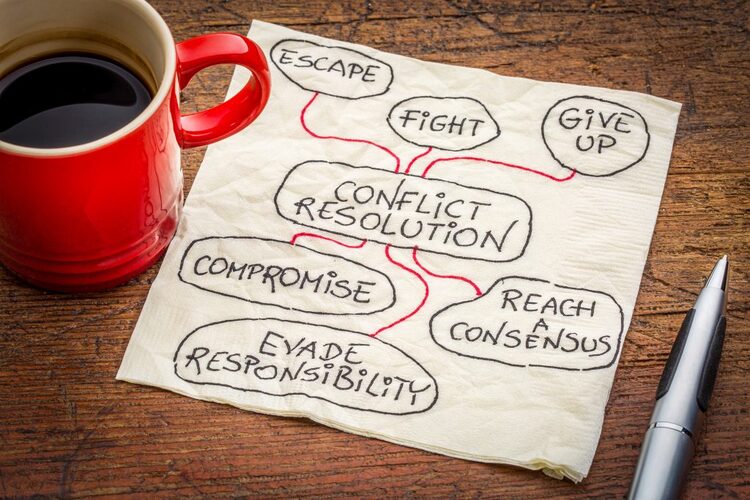
Managing Conflict in the Classroom

Let’s face it, conflict: it can happen anywhere at any time. It’s something that, depending on how it’s handled, doesn’t really have to be an issue. When students get along nicely, the classroom environment is both enjoyable and harmonious for everyone involved. However, when pupils aren’t getting along in the way you’d hope they would, it can reduce the potential for success. That’s because those involved and those who are surrounding them often have trouble concentrating. So, as a teacher, it’s essential that you fully understand the benefits of managing conflict in the classroom.
Handle Situations Accordingly
By managing conflict in the classroom, you can prevent issues from spiralling out of control. Applying some general strategies will enable you to keep on top of whatever conflict may be happening. Here are REESON Education’s top 5 tips for managing conflict in the classroom.
Don’t Jump in Without a Plan
As you see a situation unfold, it’s important that you try to understand what’s gone on so that you can work out the best way to approach the situation. It’ll be far too easy to jump in and tell the students involved that they ‘need to pull themselves together’ or ‘snap out of it’. However, this really isn’t the best way to go about it. The scale of the conflict is likely to determine how you handle the situation. But whatever you do, it’s important you think it through fully.
Take Attention Away
If something looks like it’s about to get out of hand, you can remove the heat before it becomes too extreme. For example, say you’re watching two students and you can see the tension mounting, what will you do next? Well, one of the best things to do would be to go over and say to one of them that you need to speak to them in your office. This will hopefully split the two up and you can watch on as one of them walks away. This will then give you chance to speak to the other person involved before going away and speaking to the other person in your office.
Remember to Stay in Control
Your authority as a teacher is what is going to keep the situation under control. Whether someone is being bullied or there’s a disruption that needs your attention, it’s essential that you stay in control of the situation. By asserting yourself, you can teach students how to hand conflict in a positive manner.
Negotiate to Solve Problems
Resolving the conflict is important as you don’t want the issue to be looming. Leaving it hanging will mean that it’s likely to come up again, and it may come back worse. Once you’ve identified those involved, speak to all of them individually to obtain their side of the story. You then want to try and get everyone in the same room, so it may be wise to wait until the situation has calmed down. When everyone is together, diffusing the tension and making compromises will help relieve the conflict. Attempt to find some middle ground so that any negativity is dissipated.
Bring in Parents & Guardians
When required, you may need to reach out to the parents, carers or guardians of those involved. Simply give them a phone call and ask them to pop into the school for a meeting. You’ll then be able to talk about any issues in a professional way.
Please note, that all conflict differs. It is never a simple thing to handle, though going about it the right way will help to reduce tension and create a happier classroom. Thanks to this, students will be able to focus on their education and you can become an even better teacher. If you need any help in your UK or overseas teaching job, look no further than the REESON Education Blog. We have all kinds of teaching tips and advice in one place.

